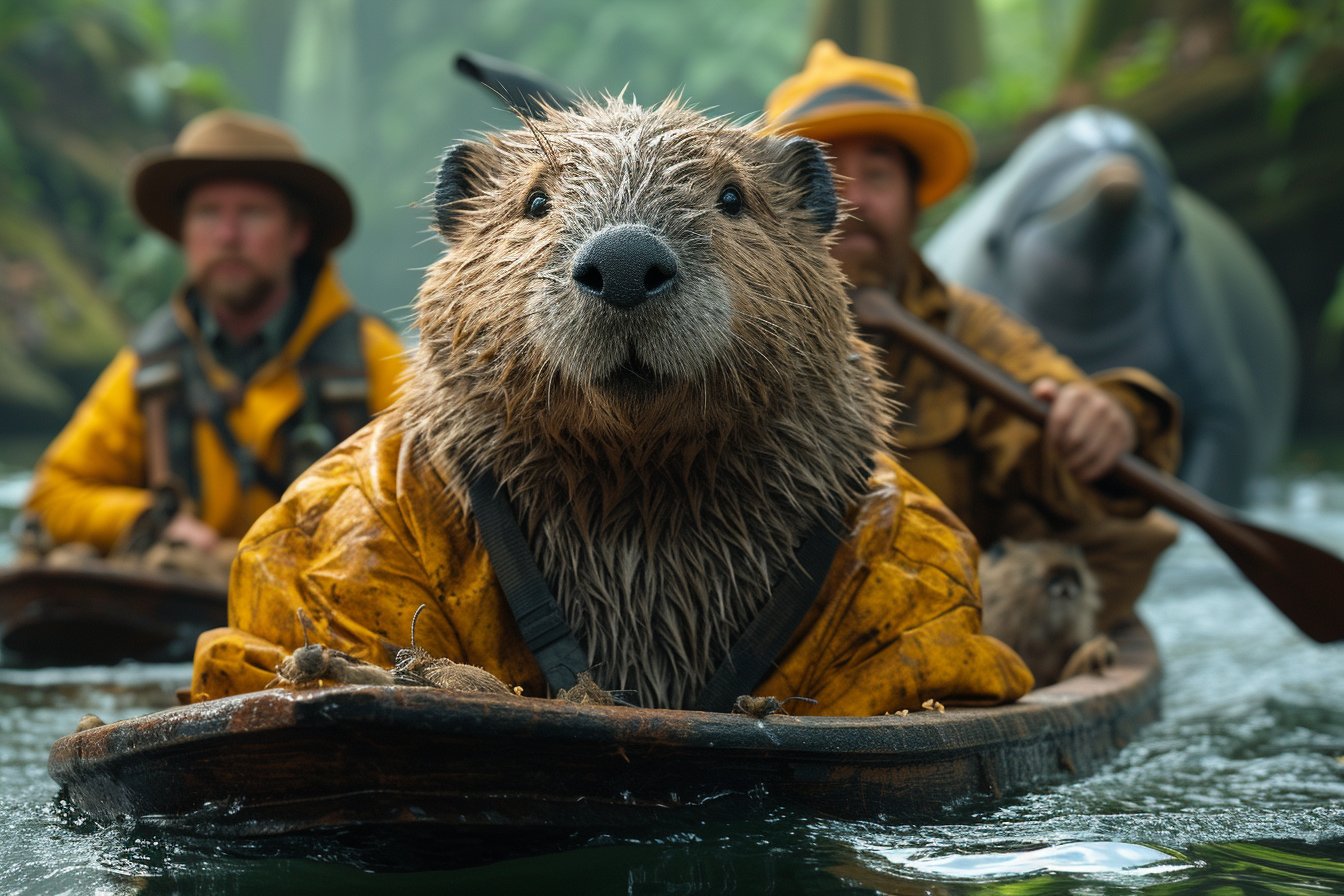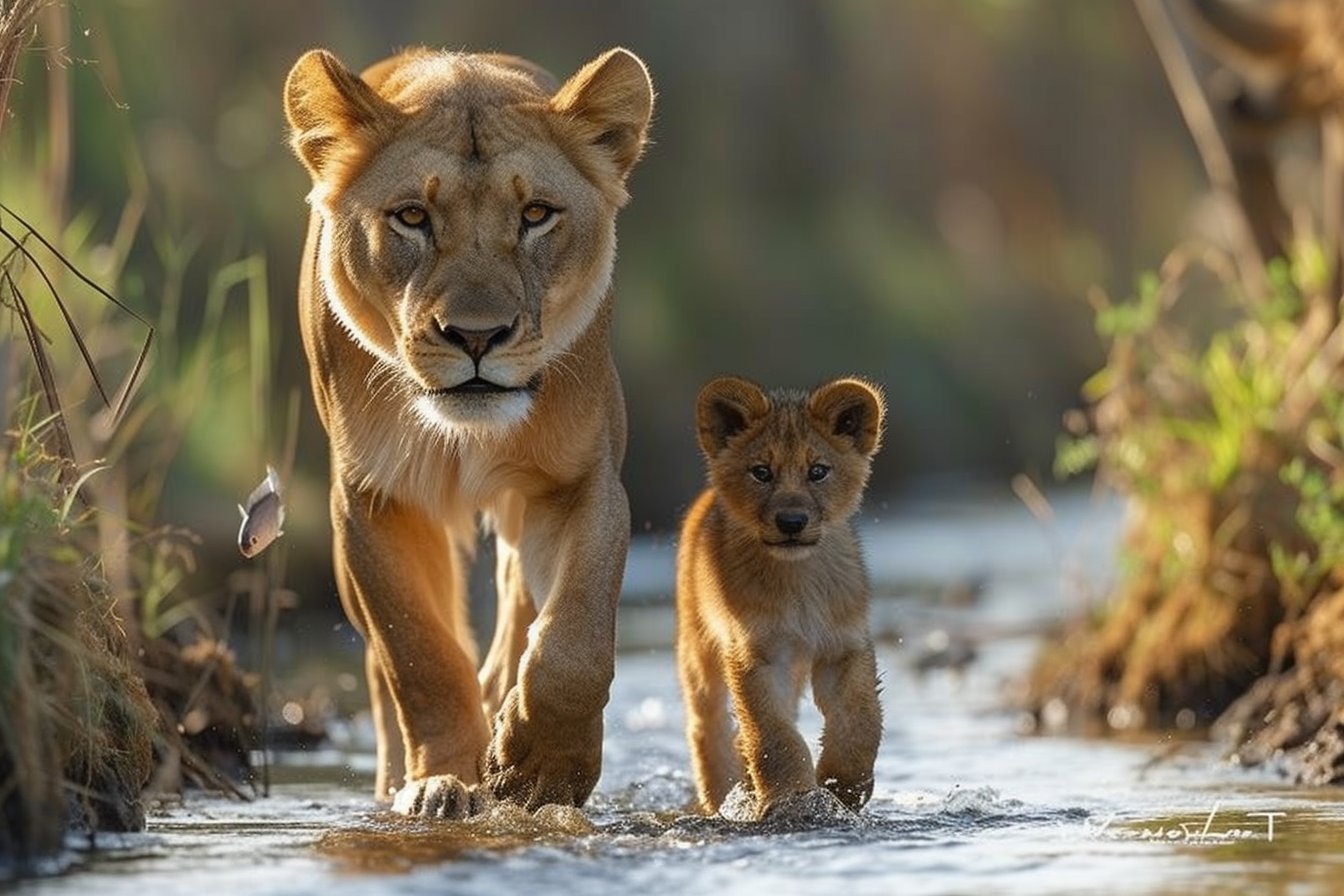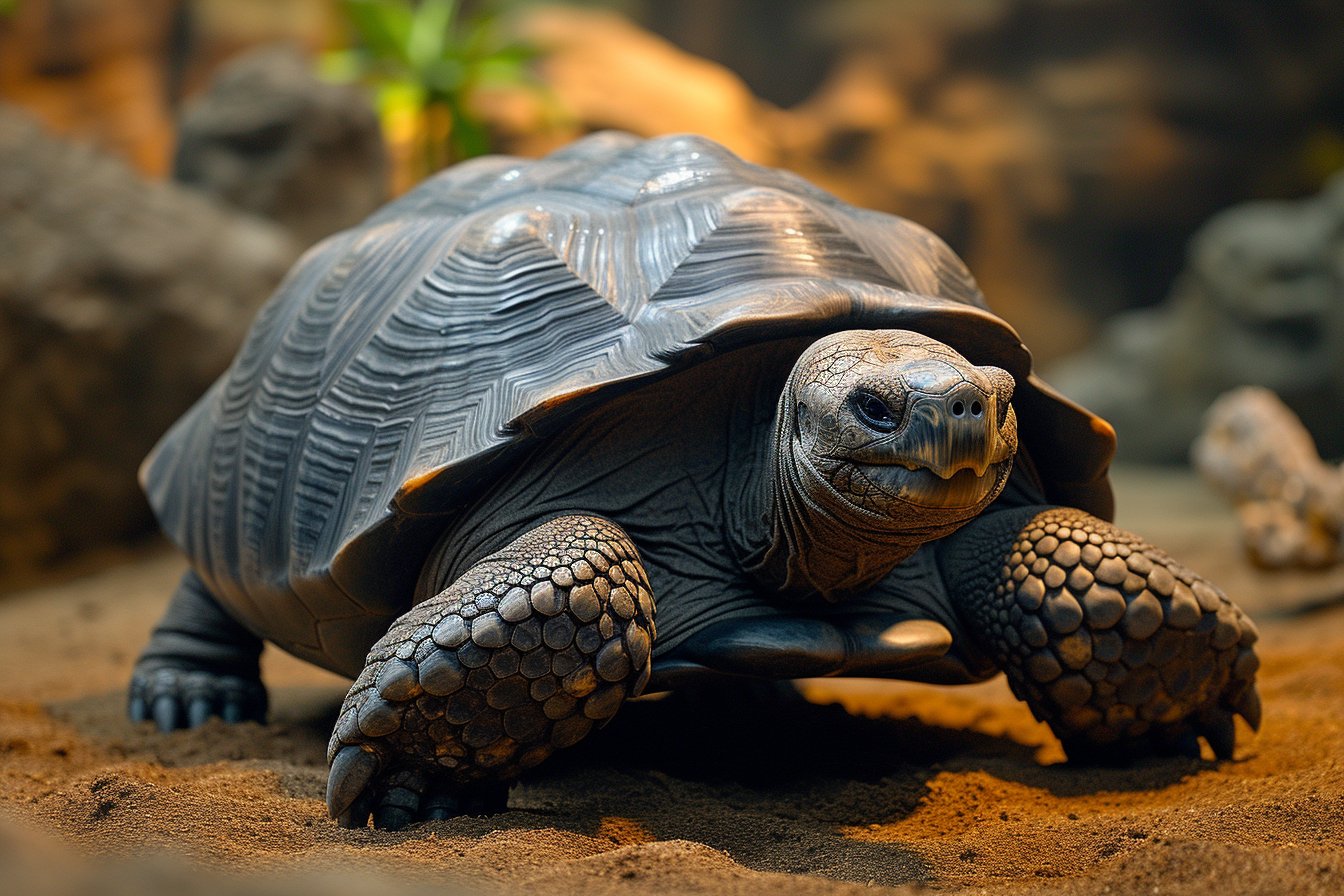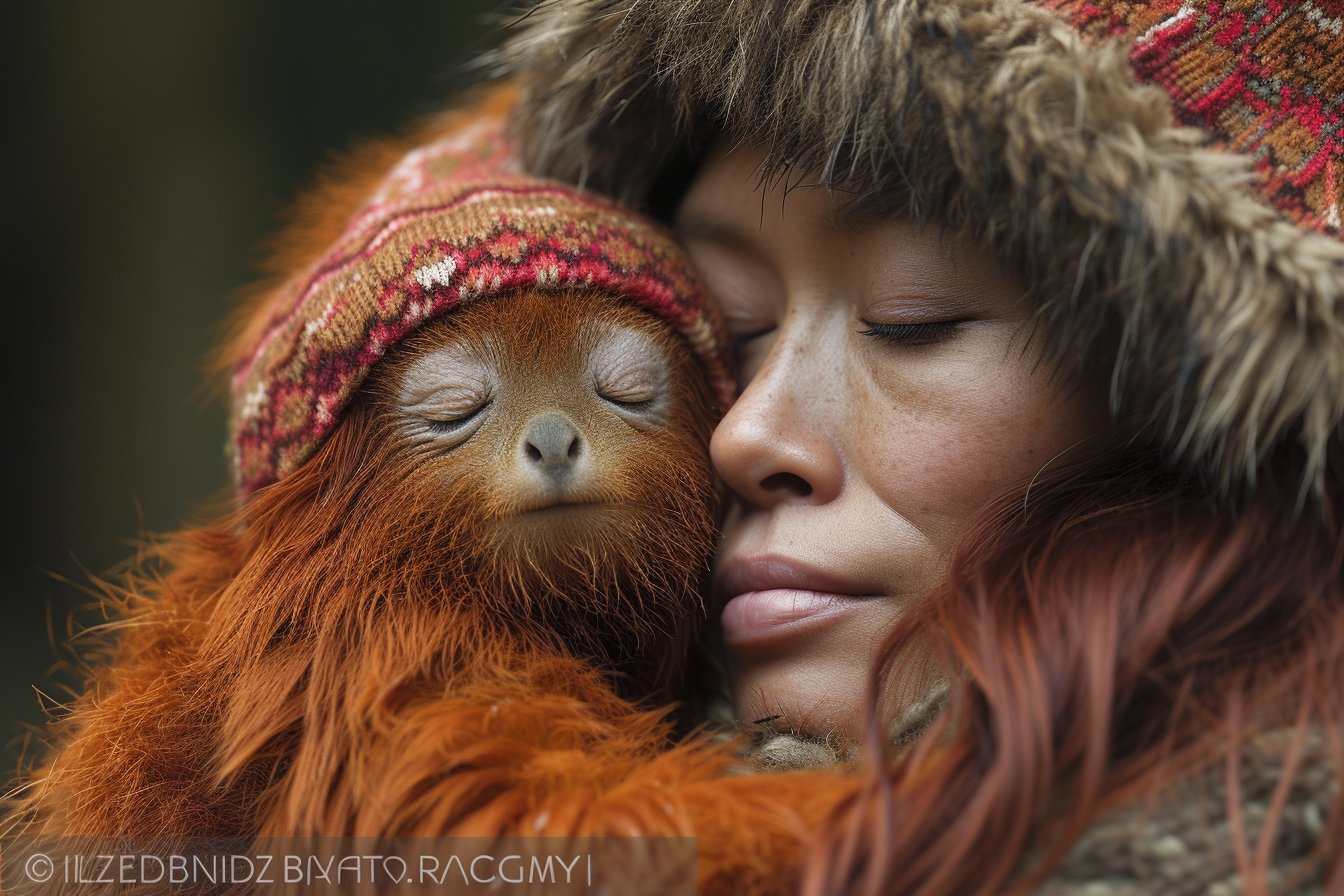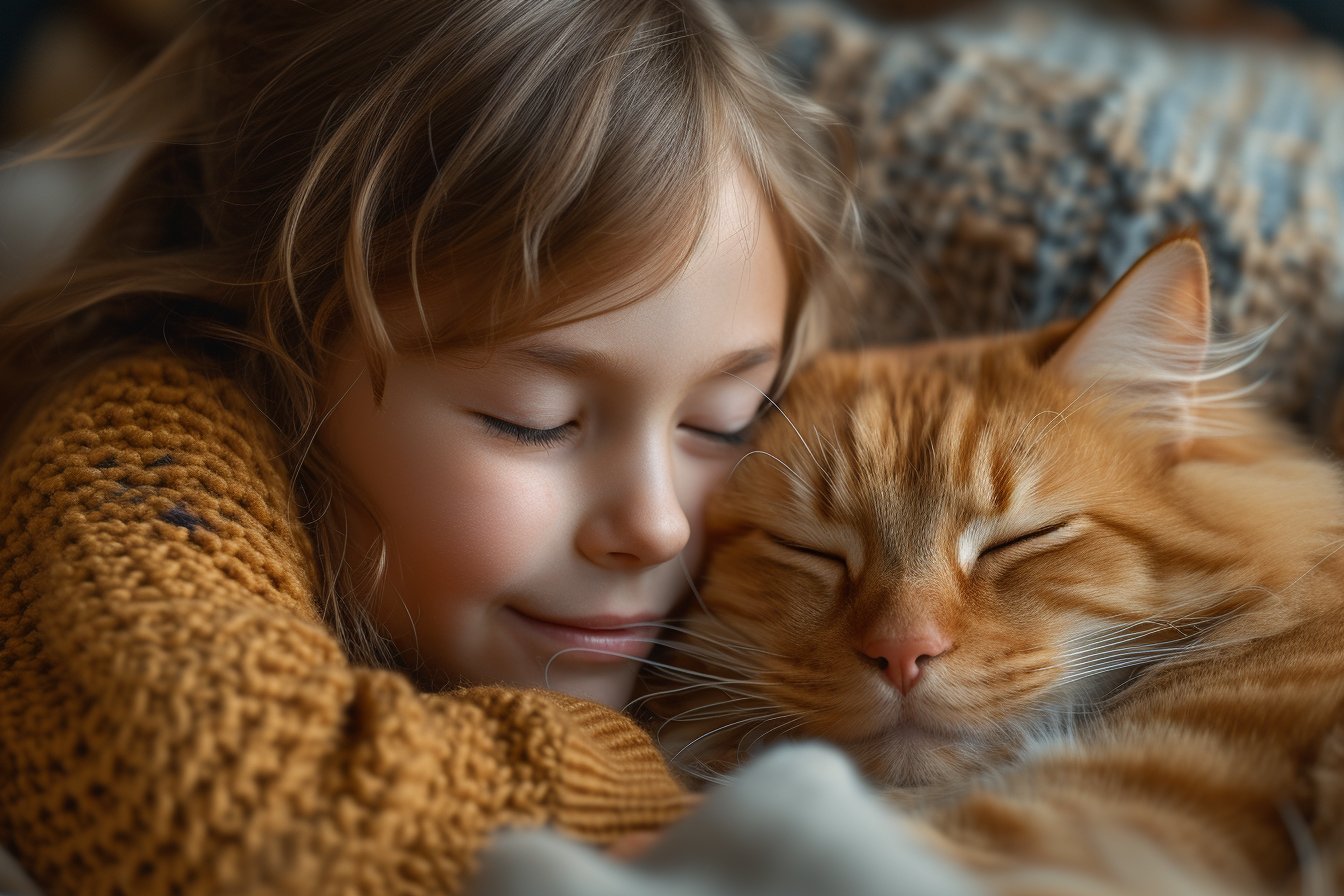The joy of holding a purring kitten close to our chest, or enjoying a loving nuzzle from an affectionate dog brings us humans immense comfort. Cuddles with our furry friends hold much more significance than just how they make us feel. Animals cuddle for various reasons; some include demonstrating social bonds, seeking warmth, for protection, and courtship displays. This article looks into these aspects in-depth and provides insights into why animals indulge in this tender behavior.
The bonding power of touch: oxytocin at work
It’s no mystery that cuddling can be associated with comforting emotions and promotes feelings of love and happiness thanks to the release of hormones like oxytocin. Oxytocin, often referred to as the ‘cuddle hormone’, fosters social bonds between individuals, including parent-child relationships, friendships, and even mating connections. When animals cuddle, oxytocin is released, helping to increase trust and lower stress levels.
In-between species: The importance of nurture in mammal survival
Closeness established during touching and cuddling has been vital to the survival of many mammals, particularly in their early stages of life. With most mammal infants born relatively helpless and vulnerable, it is crucial for adults to keep a close watch over them. Touching, grooming, and nesting behaviors offer both protection and essential nurturing required by babies to thrive. Not only does physical contact create a stronger bond between the parent and child, but it also plays a role in maintaining emotional balance within family groups.
More than just maternal instincts: Social animals bonding through touch
For some species, staying connected goes beyond parenthood, taking the form of social gatherings and physical interactions that strengthen bonds within their respective groups. Social animals like primates, elephants, and meerkats are just a few examples of species that rely on the support and company of each other for survival. These close-knit relationships help make them better equipped to navigate their environments, whether it involves searching for food, avoiding predators or raising offspring.
Staying warm: Huddling for comfort and protection
In colder climates, seeking warmth is critical to retaining energy and ensuring survival. Animals huddle together to keep themselves sheltered from harsh weather conditions, using their combined body heat as a means of insulation. This behavior, known as huddling, is seen in both wild and domesticated animals. Mammals such as rodents, penguins, and puppies all instinctively huddle more closely together when faced with cold temperatures, ultimately forming a tight-knit group where mutual warmth is shared.
The social network of cold-blooded needs
Cold-blooded creatures, including reptiles like snakes, find their temperature regulation is dependent on their surroundings, making thermoregulation a significant factor in how they function day-to-day. When environmental sources of heat are unavailable, these animals don’t hesitate to form ‘cuddle puddles’ as an alternative way of staying warm. The importance of maintaining suitable temperatures ensures the proper functioning of their metabolic processes which allows for successful digestion and reproduction.
Establishing dominance and submission through touch
Physical contact is not always cuddly; sometimes, it’s about resolving power dynamics. Many social animal species engage in touching and grooming practices to establish hierarchies within their groups. Aggressive encounters can also be resolved purely via physical displays such as grooming, nipping, or mounting each other without causing harm. A subtler display of affection, this type of interaction helps maintain group order and fosters cooperation between individuals under duress.
Mating rituals: attracting mates with touch
When it comes to courtship, cuddling plays an intriguing role in how animals signal their interest in a potential mate. This fascinating aspect of animal behavior ranges from the tender embraces of chimpanzees and bonobos to the cheek rubs exchanged by lions during courtship. Even aquatic creatures like dolphins engage in physical displays by stroking and nuzzling their partners as an essential part of their mating ritual.
The importance of scent marking in maintaining long-lasting bonds
Many species have specific olfactory glands that produce pheromones. These chemical signals can be spread via rubbing or touching behaviors to convey attraction or territory ownership. Animals may even use these exchanges as a means to strengthen pair-bonding. For example, wolves rub against their pack members, both for social bonding reasons and to share a unique ‘pack smell’ which cements a sense of community among them.
Consoling each other with reassuring touches
Stress-relief is another reason some animals engage in cozy snuggles – providing comfort to one another after distressing events or situations. Sightings of elephants consoling distressed family members are indicative of this innate capacity for empathy and kindness across species. Research has also demonstrated mammals such as rodents administering gentle strokes and licks to ease anxiety or pain experienced by their counterparts.
In conclusion, cuddling and touching behaviors provide numerous benefits to animals – from forging social connections to aiding survival, creating peace among individuals, and fostering love and affection. It is more than just a cute gesture – understanding its significance brings us closer to grasping the universal language of touch and love within the animal kingdom.


